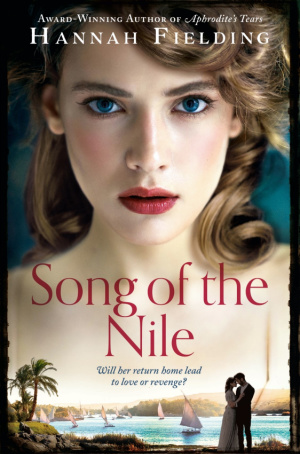Ancient Egyptian festivals
Ancient Egyptian festivals
Ancient Egyptian festivals
-
Hannah
-
Hannah

An offering; from the temple of Kom Ombo, Aswan
A festival was a means of worship and giving thanks to the gods; all festivals were religious. Because there were no religious services in Egypt (priests served the gods, not the people), these festivals were especially important for worship. Processions and rituals could be sombre, weighty with meaning, but equally there could be joyous worship – singing and dancing.
The Egyptians devised a twelve-month calendar based on the flooding of the Nile, which happened around the same time each year. Each month had thirty days, with an extra five days added on to the end of the harvest and devoted to feasting.
The New Year began in the summer, July, when the star Sirius was seen on the horizon to the east before dawn. There were three seasons in the year: the season of flooding, Akhet; the season of growing, Peret; and the season of harvesting, Shemu. Festivals devoted to the season were held at the start and end of each season, and there were many others in between.
During the five additional days in the year, the Egyptians celebrated the Epagomenae, the birth of the gods: Day 1, Osiris; Day 2: Horus; Day 3: Seth; Day 4: Isis and Day 5: Nephthys. According to legend, Nut was forbidden by Ra (Atum) to have any more children after she bore a child by his brother Geb. But Thoth won five days of moonlight from the god of the moon, Iah, and in these five days Nut was able to give birth – a clever workaround!
Other important festivals included:
- Beautiful Festival of the Valley of Thebes: Between Shemu and Akhet, this was a procession carrying statues of Amun, Mut and Khonsu from Karnak to the mortuary temples on the west bank of the Nile. There, relatives would make offerings and feast with their dead relatives in the tomb chapels. It was a little like the Mexican Day of the Dead.

Depiction of the Beautiful Festival of the Valley in the Tomb of Nakht
- Festival of Sokar-Osiris: People brought offerings to Osiris and the deceased. They also planted Osiris gardens: as the plants grew, they symbolised Osiris’s rebirth.
- Opet Festival, Thebes: Another procession of an Amun statue, this one from Karnak to the temple at Luxor using a ceremonial boat called a barque. There, the pharaoh and Amun-Re of Karnak would be ritually married, to empower the pharaoh. This took place during the second month of Akhet.
- Wepet-Renpet Festival: This was the Egyptians’ New Year’s Day, celebrating the appearance of Sirius; the flooding of the Nile; and the death and rebirth of Osiris, signifying the rejuvenation of Egypt.
- Wag Festival: Similar to Wepet-Renpet, this festival was devoted to the death and rebirth of Osiris – a major theme in religion – and the deceased. Paper boats containing shrines to souls were sailed across the Nile to symbolise the journey to the afterlife.
- Bast Festival: A celebration of Bastest, goddess of the home, women and children. The Ancient Greek writer Herodotus wrote that this was the most popular festival of all, with a great deal of song, dance and drink.
- Sed Festival: A thirtieth jubilee festival for the pharaoh, with the aim of rejuvenating his strength and stamina. The festival included temple rituals, processions, offerings and acts of devotion. Apparently, the pharaoh would prove he was fit by running and would shoot arrows to the north, south, east and west to symbolise his rule over all corners of the land.
- Min festival: A summer festival to celebrate the pharaoh’s rule and led by the king himself. The pharaoh would bring offerings to the sanctuary of Min.
- Tekh Festival, also known as the Festival of Drunkenness, Deir el Medina: This was to honour Hathor, whose drunkenness on beer, according to legend, once saved humanity (full story here). The aim of the festival: to drink as much alcohol as possible in five days! The point was to alter the consciousness so that you could connect with the divine.
Of course, there were many more festivals. Some records indicate there were as many as ten processions a month at the local temple. Festivals were wonderful for the people: not only did they get a reprieve from work, but there would be extra rations from the temple, and of course afterwards there was often an opportunity to socialise, feast and make merry. But always the focus was on the gods: religion underpinned society, providing both hope and solace.

Song of the Nile: available to buy now
Photo credit: 1) Paul Vinten/Shutterstock.com; 2) Matthias Seidel & Abdel Ghaffar Shedid/source